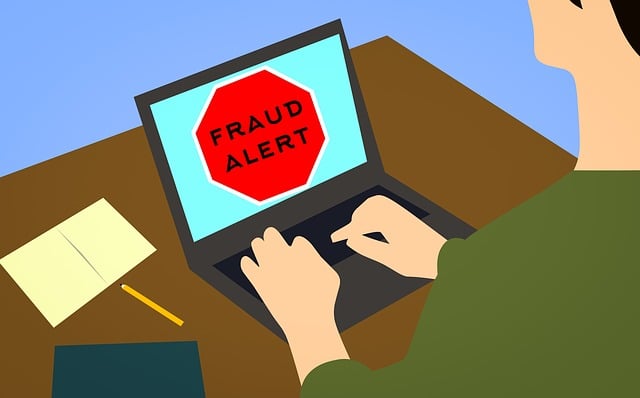
The internet is a vital instrument for communication, business, and pleasure in the current digital era. But it’s also a haven for fraud and shady business practices. Since more and more people are shopping and using services online, scam websites have grown more complex, making it difficult for even the most astute users to tell the difference between reputable and fraudulent websites. We’ll look at the telltale indicators of a scam website in this article and give you the tools you need to stay secure online.
1, Understanding the risk
Prior to digging into the details of spotting scam websites, it’s important to know the dangers of becoming a victim of an online scam. Interacting with bogus websites can have serious implications, ranging from identity theft and financial loss to malware infestations and phishing assaults. You may safeguard yourself and prevent critical information from getting into the wrong hands by learning how to recognize scam websites.
2, Suspicious Domain Name and URL
Often, a scam website’s domain name and URL are its first clue. Reputable companies usually have polished domain names that accurately represent their brand. On the other hand, fraudulent websites could trick people by using misspelled or altered versions of well-known domain names. While genuine firms typically choose “.com,” “.org,” or country-specific extensions like “.co.uk” or “.de,” keep an eye out for strange extensions like “.biz” or “.info.”
3, Poor website design and functionality
It is improbable that a fraudulent website would spend money on expert web development and design. Therefore, subpar website functioning and design may be warning signs of possible fraud. Keep an eye out for indicators of shoddy design, such as poor graphics, a disjointed layout, and broken links. Furthermore, watch out for websites that are missing important pages, such “About Us” or “Contact”; respectable companies usually provide these details to foster customer confidence.
Follow Nekius
visit Nekius Shop
nekius
4, Unrealistic offers and promotions
Scam websites sometimes use alluring promos and offers that appear too good to be true to entice gullible victims. Be skeptical of offers that defy common sense or logic, whether they involve highly reduced products, exclusive discounts, or promises of enormous returns on investments. The saying goes, “If it sounds too good to be true, it probably is.” Keep that in mind. Do your homework before committing to anything, and be wary of deals that seem too good to be true when you see them online.
5, Lack of secure connection (HTTPS)
When using websites that ask for sensitive information, including payment credentials or personal information, online security is crucial. The “HTTPS” prefix in the URL and a padlock icon in the browser’s address bar are indicators that a website is legitimate if it uses Secure Sockets Layer (SSL) or Transport Layer Security (TLS) protocols to encrypt data exchanged between your device and their servers. In contrast, fraudulent websites might not use HTTPS encryption, which increases the possibility that bad actors will intercept your data. Always be sure a website is using HTTPS before inputting any sensitive information.
6, Absence of customer reviews and trust signals
Trust signals and user reviews are important components in determining a website’s legitimacy. To bolster consumer confidence in their goods and services, legitimate companies frequently display ratings, reviews, and trust seals from respectable outside agencies. On the other hand, scam websites might not have any kind of trust signals or social evidence, which would keep users in the dark about the legitimacy of their offers. Look for user reviews and comments before interacting with a website to determine its credibility.
7, Dubious payment methods and requests
The way a website accepts payments might tell you a lot about its credibility. Scam websites may insist on using unusual payment methods like wire transfers, cryptocurrencies, or prepaid debit cards, whereas respectable online merchants provide safe payment choices like credit cards, PayPal, or other reliable payment gateways. When asked to use unknown or unsecure payment methods, proceed with caution because there is little to no recourse in the event of fraud or dispute settlement.
8, Overly aggressive or coercive tactics
Aggressive or forceful techniques are frequently used by scam websites to coerce visitors into giving critical information or making snap decisions. Typical strategies include threats of immediate account suspension, allegations of legal action, or assurances of special offers that are only accessible for a short period of time. Avoid giving in to these pressure-filled attempts; instead, stand back, evaluate the circumstances, and independently confirm the website’s credibility before acting.
Conclusion
Protecting yourself from online scams in the digital era is a constant problem that calls for awareness and thoughtful decision-making. You may lessen your chances of being a victim of fraudulent activity by becoming familiar with the telltale indications of a scam website and using caution while engaging with new online platforms. Always put your online security first, do your homework before completing any transactions, and follow your gut if something doesn’t seem right. You may safely use the internet and guard against falling victim to scam websites by being proactive and knowledgeable.

